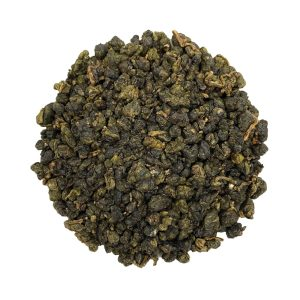2025 China Tea Production and Sales Situation Report
In 2023, under the guidance of the "three teas" overall planning ideology, China's tea industry actively responded to the market environment with insufficient effective domestic demand, weak external demand and complex and changeable market environment, followed the trend, optimized and adjusted, and ensured the stability of the basic plate. During the year, the excessive packaging management work was carried out in an orderly manner, and tea activities in various places were brilliant. The new Chinese tea industry continued to make great progress and planned overseas layout. The listing of Lancang Ancient Tea in Hong Kong provided a new imagination space for the traditional original leaf tea industry to land in the capital markets. New consumption hotspots such as "intangible cultural heritage", "national tide" and "drinking" also continued to emerge. At the same time, tea culture and tea technology have given strong support to boost the industry - the ancient tea forest cultural landscape of Jingmai Mountain in Pu'er has been selected as a World Heritage Site, the Ministry of Culture and Tourism has launched "Tea and the World · Elegant Collection", and "Tea World: Tea Culture Special Exhibition" "The Sun and Moon in Tea: Asian Tea Culture Exhibition" and other exhibition activities have been held to consolidate the international status of Chinese tea and strengthen the cultural confidence of the people. The international standard ISO 20715:2023 "Tea Classification" led by a team of Chinese scientists was officially released in April and is expected to be officially applied in the World Customs Harmonization System in 2028, providing significant support and broad space for Chinese tea in international trade.
In order to objectively display the production and sales situation of China's tea in 2023 and continue to promote the sustainable and healthy development of China's tea industry, the "Report on China's Tea Production and Sales Situation in 2023" is hereby released.
2023, the national tea production overcame the adverse effects of drought and flood weather, tea planting area and output value increased steadily, green and low-carbon transformation, and technology integration demonstration continued to advance, and the trend of industrial path diversification and industrial chain segmentation was obvious. Many places have realized the expansion of "single-season tea" to "three-season tea". All production areas attach great importance to branding and market expansion, and tea activities are unprecedented and prosperous, which continues to drive farmers' income.
In recent years, all localities have attached importance to controlling the growth of tea garden area, and the increase in the area of new tea gardens has continued to narrow. In 2023, the national tea garden area was 51.4976 million mu, an increase of 1.5436 million mu year-on-year, an increase of 3.09%. The area of tea gardens that have been mined in the country is 46.5016 million mu, an increase of 1.1027 million mu year-on-year. There are still 4.996 million mu of new tea gardens that have not been mined in the country.
 Tea experts "wisely" solve the problems of tea farmers, and
Tea experts "wisely" solve the problems of tea farmers, and
 Ping Ping: "Small tea leaves" can make "big articles"
Ping Ping: "Small tea leaves" can make "big articles"
 2025 China Tea Production and Sales Situation Report
2025 China Tea Production and Sales Situation Report
 The tea market is prosperous, and the people on both sides o
The tea market is prosperous, and the people on both sides o
